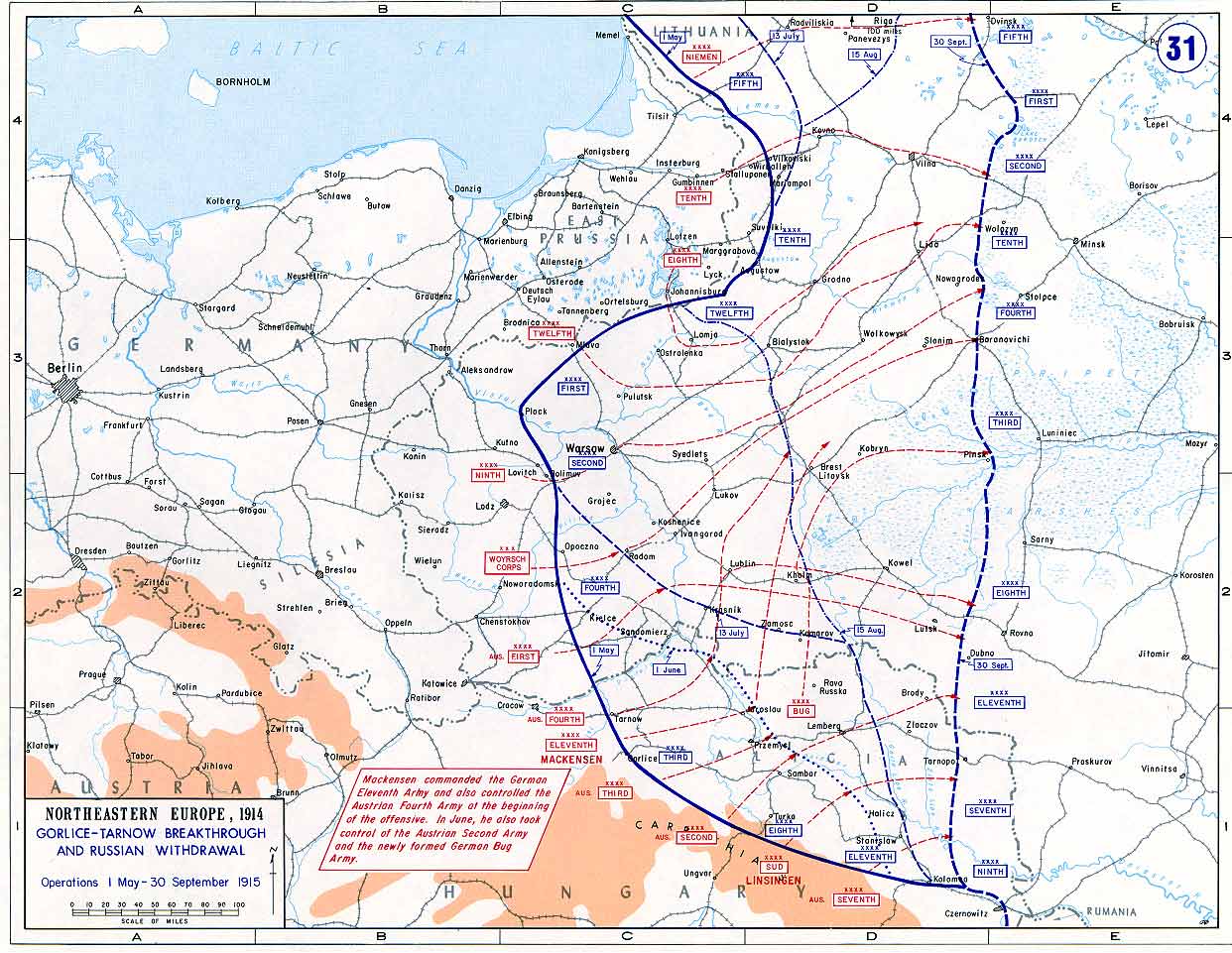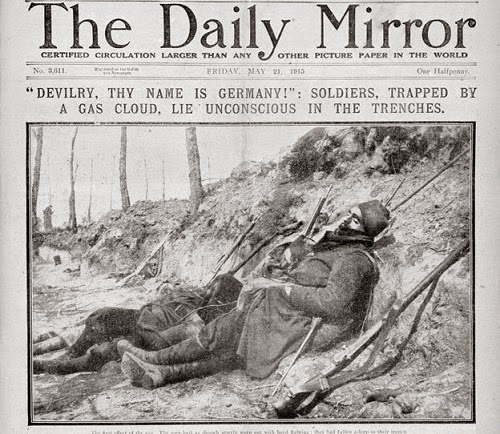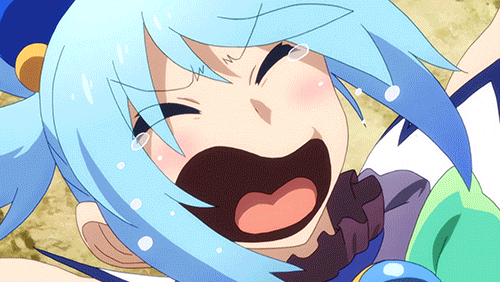Well, here goes! Thanks for the opportunity. I know this is not perfect, and I'm sure there are some things that will need to be reworked, but here is what I've put together. Please let me know if anything needs to be changed. This was a really great idea, to open up the design of the tournament to everyone. I hope a lot of people get involved and share their ideas.
 http://i1164.photobucket.com/albums/q569/rob_e_cc/215ba5ea-b350-444d-ba6d-0bdc4795ff98_zpsl7uuulcz.jpg
http://i1164.photobucket.com/albums/q569/rob_e_cc/215ba5ea-b350-444d-ba6d-0bdc4795ff98_zpsl7uuulcz.jpgBattle of Bolimow Auto Tourney (Freemium Friendly!)
The Battle of Bolimow is not one of those famous battles that everyone knows the name. However, it did turn out to be a very important battle in the history of warfare.
Nearing the end of January 1915, the German Ninth Army under General Mackensen, was located southwest of Warsaw, Poland near the village of Bolimow. The Russian Second Army under Smirnov was positioned south of Warsaw, waiting for the Germans to make their move.
Strategically, there is very little that would make Bolimow an important target. There is however, a rail line situated close-by, which during WWI became a strategic necessity in order to reinforce your position. The Germans needed the Russians to believe that the rail line was an important objective. You see, in the larger strategy, the Germans were trying to draw the Russian army away from East Prussia. The Germans wanted to launch a large offensive there, and wisely wanted less resistance. If the Germans could secure the rail line, then head into Warsaw, it would be bad for the Russians.
On 31 January 1915, the Germans opened an artillery barrage of the Russian lines. The only thing different about that particular artillery barrage was that the Germans, for the first time in the history of warfare, used artillery shells that contained chemical agents. The shells were equipped with an explosive that would dissipate the chemical agents across the battlefield, incapacitating the enemy. The Germans fired some 18,000 chemical artillery shells at the Russian lines to soften them up before their infantry assault. As it happened, there were two things working against the Germans that day. First, the wind was blowing away from the Russian lines, toward the German line, so the chemical attack did not affect the Russians. Secondly, the wintery-January temperatures actually prevented the chemicals from dispersing and were totally ineffective.
Once the Germans realized this, they called off their offensive, which the Russians decided to take advantage of. They counter-attacked, and lost heavy casualties as more German artillery rained down on them. Some 40,000 Russian casualties, compared to 20,000 German casualties meant that in the eyes of the Germans they had won the day. More importantly, they achieved their objective of drawing Russian troops away from Prussia, so it was an operational success.
Though the employment and failure of their use of chemical weapons placed a huge blemish on the German Army that day, things would soon change for them as they (and the Allies) got better and better at using chemical weapons shortly after the Battle of Bolimow.
Entry Membership: Open to all; Freemium Friendly
It is short, and some popular maps to entice more freemiums to participate.
16 Players; Seeded by Score
Rounds: 4
Game load: 1 game; 4 total
Draw: Seeded by Score
Round Details:
Round 1: 16 Start, Seeded by score, 1 Game, 8 Move on.
The first important thing to note about this battle is that it brought about a change in warfare, not just for the battle, or the operation, but for warfare in general from that moment on. The rest of WWI would see countless uses of chemical weapons. For that reason I chose Europe 1914 map. Also, the nuclear and fog setting lend to the actual battle events of chemical weapon usage.
Games: 2 players, Standard, Automatic, Sequential, Nuclear, Chained, Fog, 20 Rounds, 24 hours.
Map: Europe 1914.
Round 2: 8 Start, Seeded by score, 4 move on.
The second most important thing about this battle is that the railway created a perfect ruse for the Germans to deceive the Russians. The railway was important, but not the main objective. For that reason, I chose the Rail Europe map. Again, keeping with the nuclear setting, but making it sunny since it was not the main objective.
Games: 2 players, Standard, Automatic, Sequential, Nuclear, Chained, Sunny, 20 Rounds, 24 hours.
Map: Rail Europe.
Round 3: 4 Start, Seeded by score, 2 move on.
The next most important fact regarding this battle was that the freezing temperatures had a devastating effect on the gas, rendering it innocuous. To represent the bitter cold, and the unknowable mystery of what might happen when using this new weapon, I chose the Age of Realms 2: Magic map. Again, the nuclear, fog, and trench settings, really capture the battle circumstances.
Games: 2 players, Standard, Automatic, Sequential, Nuclear, Chained, Fog, Trench, 20 Rounds, 24 hours.
Map: Age Of Realms 2: Magic.
Round 4: 2 Players, 1 Winner.
Lastly, the end of the battle deteriorated into the old stand-by tactics that we see throughout WWI. Therefore, the trench warfare map makes the most sense, keeping with the nuclear and fog settings, but changing the reinforcements to parachute to help with gameplay.
Game: 2 players, Standard, Automatic, Sequential, Nuclear, Parachute, Fog, 20 Rounds, 24 hours.
Map: Trench Warfare
Sources:
http://en.wikipedia.org/wiki/Battle_of_Bolim%C3%B3whttps://archeopressja.wordpress.com/roa ... f-history/http://www.firstworldwar.com/battles/bolimov.htmhttp://www.h100.tv/article/the-battle-of-bolimovmap source:
http://www.milex.de/forum/suche.php?page=12



















































































































